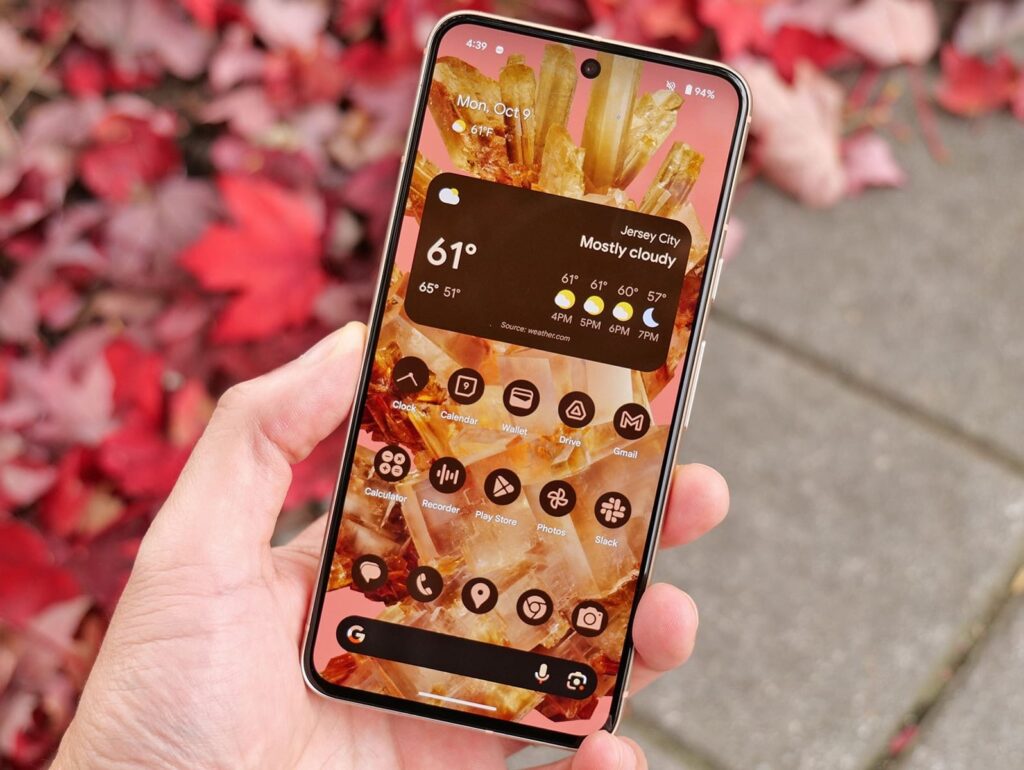With the release of Android 15 DP2, Google is continuing to refine and polish the user experience across its mobile operating system and core apps. While Android 15 is still very much a work in progress ahead of its final consumer launch later this year, Developer Preview (DP2) brings some minor but notable tweaks to the Pixel Launcher that aim to streamline its interface and improve app visibility.
Reorganizing Pixel Launcher Settings for Easier Access
One of the most immediately noticeable changes in Android 15 DP2’s Pixel Launcher is a reorganization of settings and options within its preferences menu. Specifically, Google has consolidated some redundant settings while relocating others to more intuitive sections.
For example, the option to enable or disable notification badges for app icons has been moved from the general “Home Screen” preferences section into the dedicated “Notifications” section. This streamlining makes it easier for users to find and toggle this setting alongside other notification controls in one centralized location.
Similarly, the setting to add icon shapes and backgrounds to app shortcuts has been relocated from the “Home Screen” section into the “Style” preferences area, again providing a more logical grouping with other icon customization options.
While seemingly small refinements, these types of organizational improvements can go a long way in enhancing user experience and discoverability within the Pixel Launcher’s settings menus.

Improved App Name Visibility on Home Screen
Another noteworthy Pixel Launcher tweak in Android 15 DP2 aims to alleviate an age-old frustration for users with densely populated home screens – app name truncation.
Previously, if an installed app’s name exceeded a certain character length, the Pixel Launcher would truncate and abbreviate the name under its home screen icon using an ellipsis. This could make it difficult for users to distinguish between apps with similar names or icons at a glance.
However, in Android 15 DP2, Google has expanded the maximum allowed character width for app names on the home screen, meaning fewer installed apps will have their names truncated. This should provide clearer app identification and reduce the need for squinting or long-pressing to view full names.
One of the most frequent bits of feedback we receive revolves around app name visibility on the home screen,” said Jon Yang, a software engineer on Google’s Pixel Launcher team. “With this update in Android 15 DP2, we’re allowing for roughly 20% more character width for app names, giving users a better chance of seeing full names instead of truncations.”
Of course, with smartphone screen sizes and resolutions constantly evolving, striking the perfect balance between maximizing visible app names and avoiding overcrowded home screen layouts will be an ongoing challenge. But this improvement in DP2 is undoubtedly a step in the right direction based on user feedback.
Continuing Google’s Iterative Refinement of Android’s Core UX
While the changes to the Pixel Launcher in Android 15 DP2 are relatively modest in scope, they’re indicative of Google’s overarching strategy of continuously refining and optimizing the core user experience of its mobile operating system and first-party apps through incremental, iterative updates.
With Android now a mature platform used by billions globally across a incredibly diverse range of devices, form factors, and use cases, Google has necessarily shifted away from major fundamental UI overhauls with each new Android version cycle. Instead, the company is laser-focused on surgically enhancing specific aspects of the OS based on real-world usage data, telemetry, and direct user feedback.
Our goal is to provide an optimized Android experience that combines powerful new features and capabilities with buttery smooth refinements to long-standing UX paradigms our users have come to know and embrace,” said Samantha Reardon, a senior product manager working on Android’s system UI at Google. It’s all about striking that balance between bold innovation and steadfast iteration.
While many of the improvements found in Android 15 DP2’s Pixel Launcher may seem trivial on their own, they represent Google’s unwavering commitment to scrutinizing and enhancing even the OS’s most fundamental user touchpoints based on real-world data and feedback.
More Pixel Launcher Refinements Likely on the Horizon
As the Android 15 preview process continues over the coming months, we can expect to see even more refinements and optimizations applied to the Pixel Launcher ahead of the final consumer launch.
With Google having recently opened up available “Uploadable Launcher” APIs in Android 15 DP2, third-party developers will now have more flexibility in creating rich, visually immersive home screen experiences. This could spur the need for further Pixel Launcher enhancements to seamlessly integrate with external customization options.
Additionally, Google has heavily emphasized AI, machine learning, and predictive user experiences as key innovation pillars for Android 15. While we have yet to see explicit implementations within the Pixel Launcher itself, some form of intelligent UI adaptation or app suggestion surfacing seems plausible before Android 15 ships later this year.
Regardless of what other Pixel Launcher optimizations may still be in the pipeline, one thing is clear – Google’s laser focus on meticulously refining and evolving the smallest but most frequently used aspects of Android’s user experience shows no signs of letting up anytime soon.









Add Comment